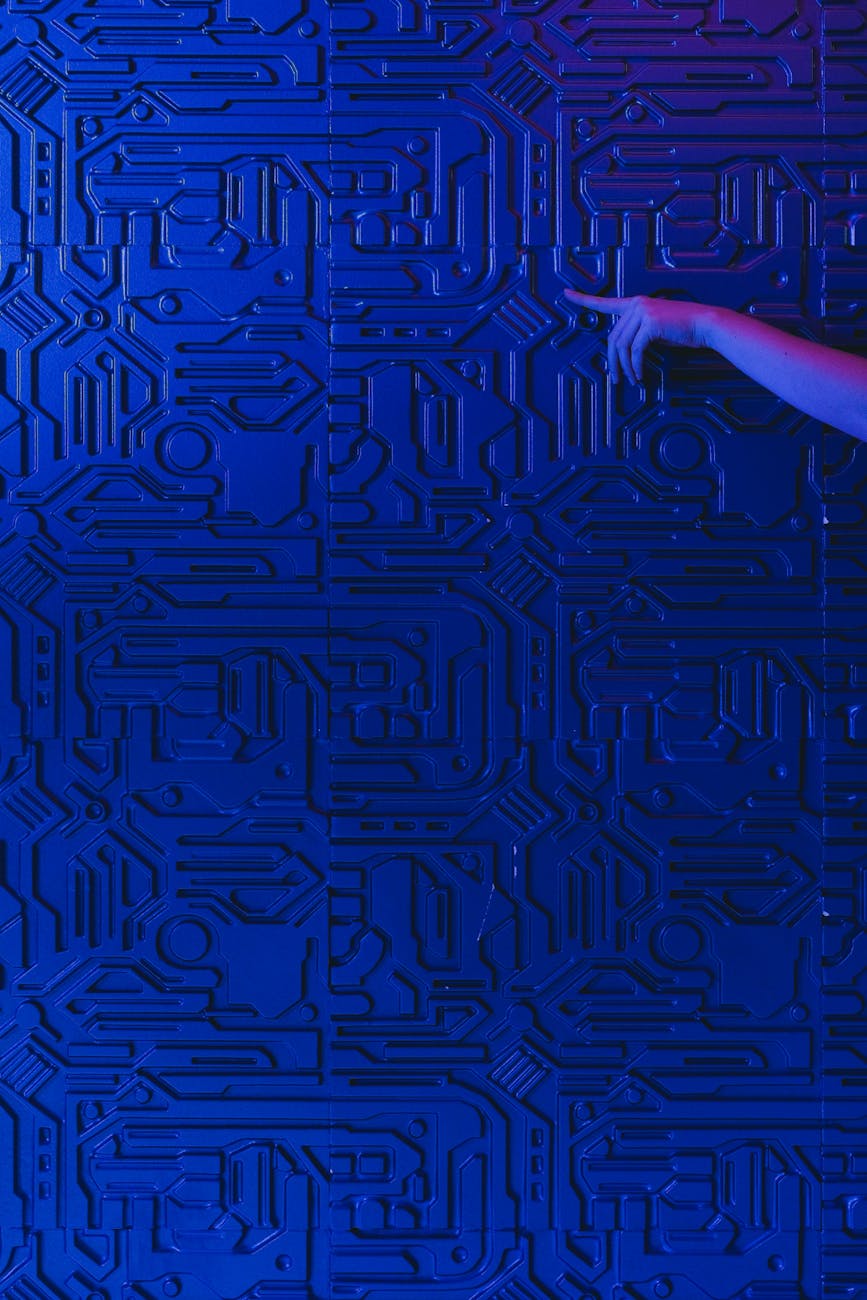AI Art Apocalypse or Artistic Ascension? 5 Ways AI Will (or Won’t) Kill Human Creativity

AI Art Apocalypse or Artistic Ascension? 5 Ways AI Will (or Won’t) Kill Human Creativity
Forget self-driving cars – the REAL robot uprising might be happening in the art world. AI art generators are exploding onto the scene, churning out breathtaking images at the click of a button. But is this a glorious new dawn for artistic expression, or the chilling twilight of human creativity? Let’s dive into the five key ways AI will reshape – and possibly revolutionize – the art world.
1. The Democratization of Art (or the Devaluation of Skill?)
AI art tools make creation accessible to everyone. No more years of grueling art school or painstaking practice; anyone with a prompt can generate stunning visuals. This democratization is undeniably exciting. Imagine a world where every child can effortlessly express their imagination through vibrant, unique art. But this accessibility also raises concerns. Will the flood of AI-generated art devalue the skill and dedication of human artists? Will masterpieces become as common as selfies?
The Algorithmic Muse
Think of AI as a supercharged, hyper-efficient artistic assistant. It can generate variations, styles, and compositions at speeds unimaginable to a human artist. This frees up human artists to focus on the conceptual and emotional aspects of their work, letting the AI handle the technical execution.
2. The Birth of New Artistic Styles (or a Monotonous AI Aesthetic?)
AI art isn’t just mimicking existing styles; it’s creating entirely new ones. By analyzing massive datasets of images, AI can identify patterns and trends, then extrapolate them into unique, unpredictable results. This could be the catalyst for entirely new artistic movements, pushing the boundaries of visual expression far beyond human capabilities. However, there’s a risk of an “AI aesthetic” emerging – a homogenized visual language dictated by algorithms.
The Unpredictable Algorithm
Imagine an artist using AI to generate hundreds of variations on a single concept. Then, they curate the most interesting results, combining and manipulating them to create something entirely original— a process impossible without AI assistance.
3. The Enhanced Human-AI Collaboration (or the Artist as Curator?)
Instead of replacing artists, AI might become their ultimate collaborator. Artists can use AI tools to explore ideas, overcome creative blocks, and refine their work with unprecedented precision. This symbiotic relationship could lead to a surge in artistic innovation and productivity. But some worry that the artist’s role will be reduced to that of a curator, simply selecting and tweaking AI-generated outputs.
The Artistic Symbiosis
Think of it like a composer using a symphony orchestra: the composer (artist) sets the vision, but the orchestra (AI) executes it with precision and power.
4. The Ethical Minefield (or the Redefining of Ownership?)
The legal and ethical implications of AI art are still largely unexplored. Who owns the copyright to AI-generated art? The user who inputted the prompt? The developers of the AI algorithm? These are crucial questions that need to be answered before AI art becomes fully integrated into society. Furthermore, concerns about bias in algorithms and the potential for misuse are looming.
The Copyright Conundrum
Imagine a situation where an AI generates art strikingly similar to a human artist’s style without explicit permission. Who holds the rights? The legal landscape is still largely uncharted territory.
5. The Future of Artistic Value (or the Algorithmic Auction House?)
Will AI art ever achieve the same cultural and monetary value as human-created art? Some believe AI-generated art will never truly resonate with audiences on an emotional level, lacking the human touch that gives art its soul. Others argue that the unique properties and potential of AI art will create entirely new markets and valuation systems. The future of art auctions might involve algorithmic valuation systems, completely changing how we perceive the worth of art itself.
The Algorithmic Appraisal
Imagine an AI analyzing millions of artworks and market trends to predict the future value of a piece of art – both human-made and AI-generated.
In conclusion, the rise of AI art presents both incredible opportunities and daunting challenges. It’s not simply a question of replacement, but of transformation. Will AI augment human creativity, pushing it to new heights? Or will it lead to a homogenization of artistic expression, diminishing the unique value of human artistry? The answer, it seems, is still unwritten.
What do YOU think? Let us know below!
Share this post if it blew your mind!



